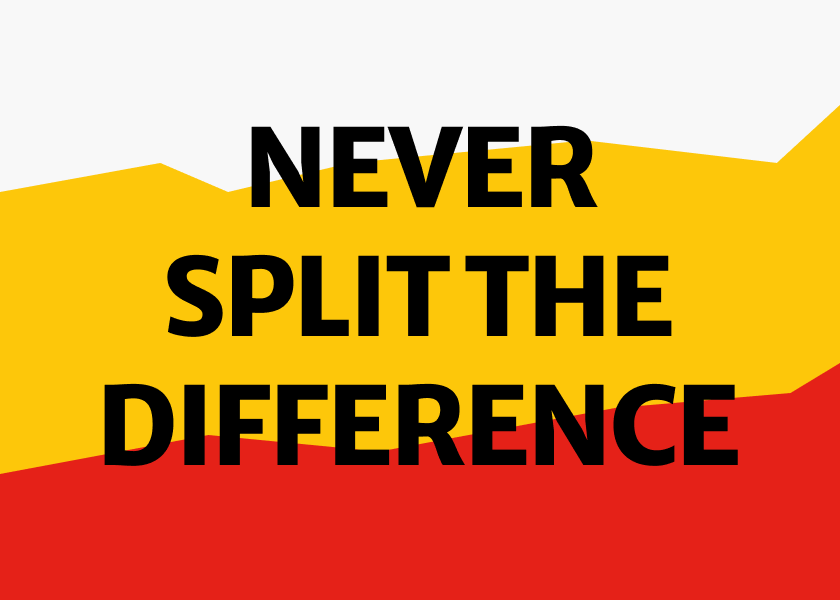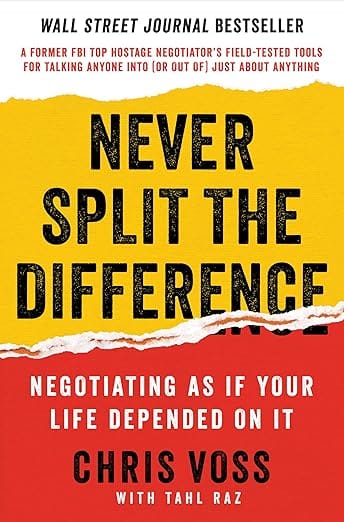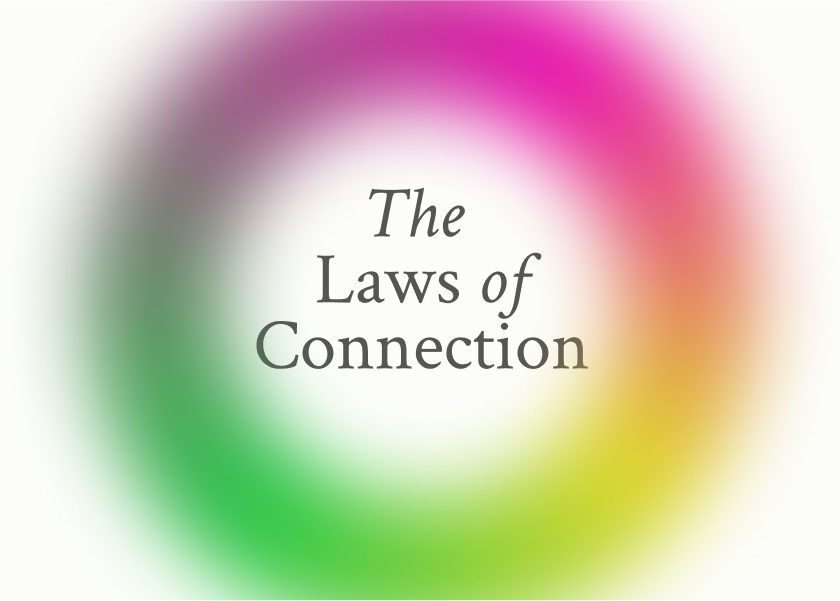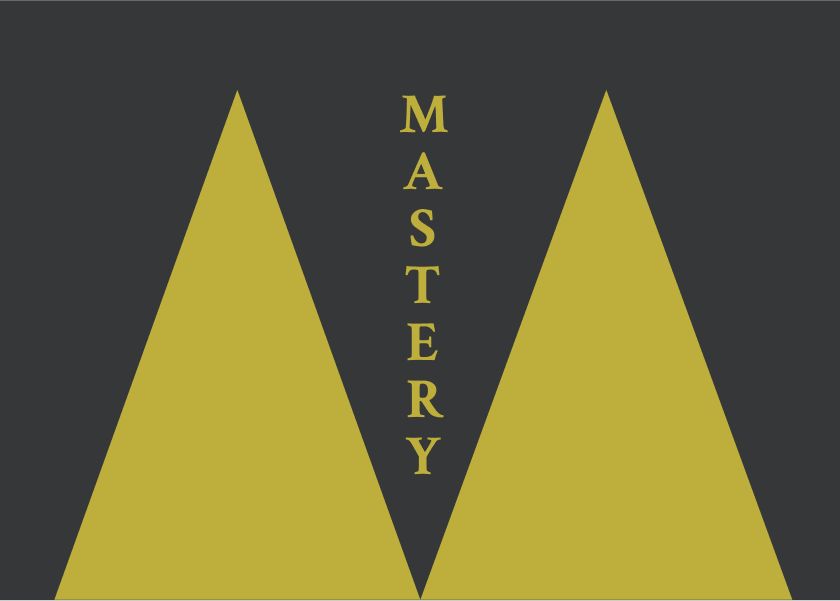Never Split the Difference by Chriss Voss - Summary
Master the art of negotiation using hostage negotiation techniques. Learn tactical empathy, calibrated questions, and how to bypass "yes" to get to "that's right". This book gives you the edge in any negotiation.

The following is a summary and review of the book Never Split the Difference by Chriss Voss.
Listen to ShelfHelp's podcast summarising Never Split the Difference by Chriss Voss.
Unlock the Secrets of Negotiation
Are you tired of leaving negotiations feeling like you could have done better? Do you want to learn the techniques that can give you an edge in any discussion, from buying a car to negotiating a raise? Never Split the Difference offers a new approach to negotiation. This article provides a comprehensive summary of the book, saving you time while equipping you with actionable strategies to transform your negotiation skills.
Table of Contents
- About the Author
- Who Should Read This Book?
- Key Insights and Themes
- Detailed Summary
- Review
- Actionable Takeaways
- FAQs
- Conclusion
About the Author
Chris Voss is a preeminent negotiation expert and a former FBI hostage negotiator with over two decades of experience in high-stakes situations. He has negotiated international kidnapping cases from New York to the Philippines. Voss currently teaches at the University of Southern California’s Marshall School of Business and Georgetown University’s McDonough School of Business. His extensive real-world experience and academic credentials make him a credible voice in the field of negotiation.
Who Should Read This Book?
Never Split the Difference is for anyone who wants to improve their negotiation skills. This includes:
- Business professionals aiming to close better deals and improve client relationships.
- Managers seeking effective conflict resolution and team collaboration techniques.
- Salespeople looking to increase their closing rates and build stronger customer relationships.
- Anyone wanting to improve their daily interactions, from negotiating a car price to resolving family disputes.
For example, a project manager could use calibrated questions to ensure a project stays on track. A salesperson might employ labelling to build empathy with a client. A parent can use mirroring to de-escalate conflicts with their children.
Key Insights and Themes
Here are the key takeaways from Never Split the Difference:
- Tactical Empathy: Understand your counterpart’s perspective and use it to build trust and influence.
- Active Listening: Focus intently on what the other party is saying through mirroring, labelling, and summarising.
- Calibrated Questions: Use open-ended questions starting with "How" or "What" to guide the conversation and uncover valuable information.
- "No" is Better Than "Yes": Encourage "No" responses to reveal true feelings and create a safe environment for negotiation.
- Bend Their Reality: Frame the negotiation to your advantage by anchoring emotions and setting limits.
- Guarantee Execution: Ensure agreements are implemented by involving all stakeholders and defining clear steps .
- Black Swans: Identify hidden pieces of information that can change everything.
Detailed Summary
- Chapter 1: The New Rules Voss recounts his experience in the FBI, negotiating hostage situations. He highlights how these techniques can be applied to everyday interactions. The key is to approach negotiation as a skill that can be mastered, moving past the aversion to negotiating by understanding its role in human interaction.
- Chapter 2: Be a Mirror This chapter emphasises the importance of active listening and building rapport. Mirroring, involves repeating the last few words of what someone has said to encourage them to elaborate. Effective listening requires focus and effort, avoiding distractions and selective hearing.
- Chapter 3: Don’t Feel Their Pain, Label It Tactical empathy involves recognising and verbalising the other person's emotions. Labelling helps to defuse negative emotions by acknowledging them. An accusation audit involves listing all the negative things your counterpart could say about you to disarm them.
- Chapter 4: Beware “Yes”—Master “No” "No" starts the negotiation because it provides an opportunity to understand the other party’s concerns. There are three types of "Yes": counterfeit, confirmation, and commitment. The goal is to aim for the commitment "Yes", which leads to action.
- Chapter 5: Trigger the Two Words That Immediately Transform Any Negotiation The two most important words in negotiation are "That’s right". Achieving this response means the other person feels understood and validated. Use summaries, combining paraphrasing and labelling, to trigger this response.
- Chapter 6: Bend Their Reality This chapter explores how to frame a negotiation to your advantage. Anchoring emotions involves setting a reference point to influence their perception. Understanding what the other party values and showing what they have to lose if the deal falls through is crucial.
- Chapter 7: Create the Illusion of Control Calibrated questions beginning with "How" or "What" give the other party the illusion of control while guiding them towards a solution. Asking for help can suspend disbelief and encourage collaboration.
- Chapter 8: Guarantee ExecutionGetting agreement is only the first step; ensuring implementation is vital. Use calibrated "How" questions to define the terms of successful implementation. The 7-38-55 rule indicates that communication is more than just words: 7% is based on words, 38% on tone of voice, and 55% on body language.
- Chapter 9: Bargain Hard Effective bargaining involves recognising the subtle psychological strategies at play. People generally fall into three categories: Accommodators, Assertive, and Analysts. The Ackerman system provides a step-by-step process for making offers.
- Chapter 10: Find the Black Swan Black Swans are the hidden pieces of information that can change everything. Uncovering these unknown unknowns requires active listening and keen observation .
Review
Never Split the Difference is a practical guide to negotiation, filled with actionable advice and real-life examples. Voss’s writing style is engaging, blending storytelling with clear explanations of negotiation techniques.
However, the book's reliance on anecdotal evidence may not appeal to everyone. While Voss provides a framework for negotiation, some readers may find that applying these techniques requires practice and adaptability.
Actionable Takeaways
Here’s how to apply these lessons in real life:
- Practice Active Listening: In your next conversation, focus on mirroring and labelling. Try to summarise what the other person is saying to ensure you understand their perspective.
- Use Calibrated Questions: When faced with resistance, ask "How am I supposed to do that?" to encourage problem-solving.
- Identify Your Negotiation Style: Determine whether you are an Accommodator, Assertive, or Analyst and adapt your approach accordingly.
- Prepare a Negotiation One Sheet: Before any negotiation, write down your goals, summarise the facts, list potential accusations, and prepare calibrated questions.
- Look for Black Swans: Pay attention to subtle cues and inconsistencies that might reveal hidden information .
FAQs
- What is "Never Split the Difference" about?" Never Split the Difference" is a negotiation guide that uses the techniques of hostage negotiation to improve your skills in any negotiation scenario.
- Is "Never Split the Difference" worth reading? Yes, if you are looking to gain practical, actionable strategies for improving your negotiation skills and building better relationships.
- What is tactical empathy? Tactical empathy is understanding your counterpart’s perspective and using that understanding to build trust and influence.
- What are calibrated questions? Calibrated questions are open-ended questions that start with "How" or "What" and are designed to guide the other party towards a solution while giving them the illusion of control.
Conclusion
Never Split the Difference provides a comprehensive guide to mastering the art of negotiation. By understanding your counterpart’s emotions, asking the right questions, and creating an environment of trust, you can achieve better outcomes in any negotiation. Don't miss out on the opportunity to transform your negotiation skills.
As an Amazon Associate, ShelfHelp may earn money from qualifying purchases. Needless to say, ShelfHelp only includes affiliate links to books we recommend and think are worth your time reading.




